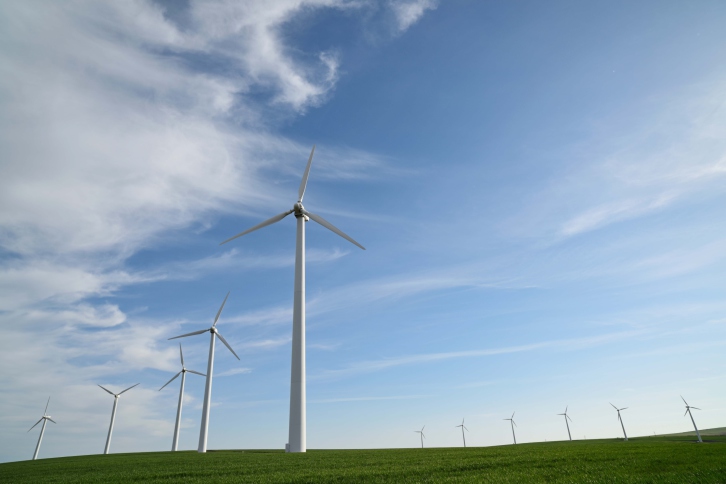Oregon legislators have made a bipartisan decision to raise the state’s renewable energy law to 50% renewables by 2040. The new state law doubles Oregon’s access to renewable energy, putting the state on the path to cut costs, keep the lights on and create cleaner air.
The new state renewable portfolio standard (RPS) target puts Oregon on track to meet its greenhouse-gas reduction goals, which calls for reducing carbon emissions 75% below 1990 levels by 2050. Portland General Electric and Pacific Power will now generate 50% of their power from renewables by 2040 – up from the current 25% by 2025 target – a move that will help spur significant growth in local wind and solar energy investments.
“The passage of this historic legislation would not have been possible without their leadership and the leadership of a broad coalition of energy officials, consumer advocates and community groups working together to develop the next generation of energy policy for Oregon,” says Tom Kiernan, CEO of the American Wind Energy Association (AWEA). “Wind power can help get this job done for Oregon, and save money doing it.”
Over $2.3 billion in savings is possible on Oregon electric bills by wind supplying nearly 37% of the state’s electricity by 2030, according to recently released AWEA data. The cost-savings estimate comes from calculations made using the U.S. Department of Energy’s 2015 report, “Wind Vision: A New Era for Wind Power in the United States.”
States with renewable energy policies of 50% or higher include Oregon, Hawaii, California and Vermont. Legislation under consideration in New York could soon add the Empire State as the fifth state with a 50% or more RPS. Non-utility purchasers, including big name brands such as Procter & Gamble, Microsoft, and Google have created a new market for renewable energy by investing in renewables as a way to cut costs and lower their carbon footprints.




